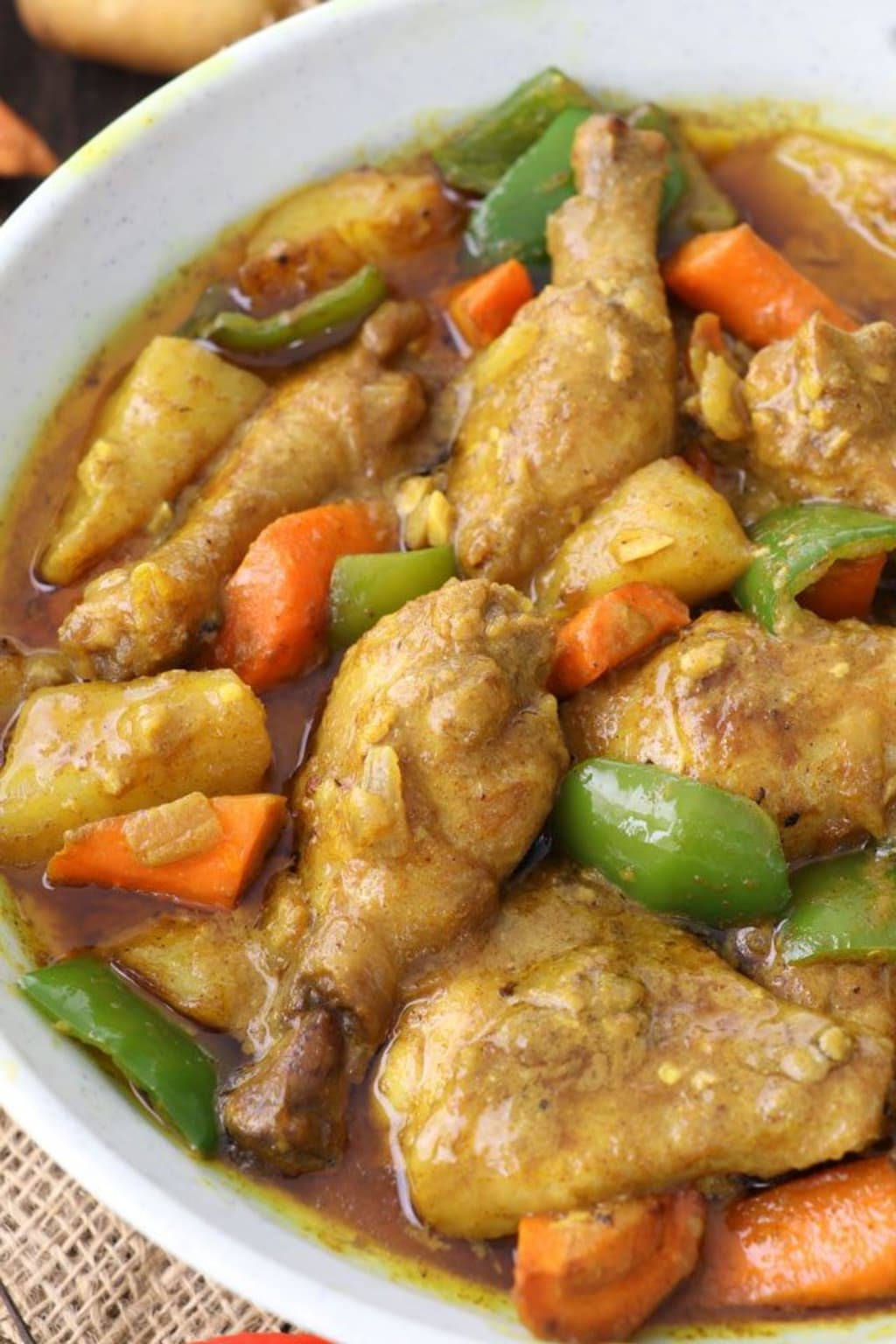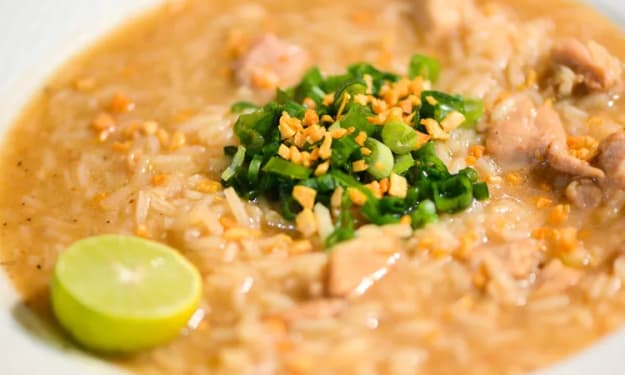The Curry Trail
The Roots of Indian Flavours in the Philippines

Shirin Bhandari, an Indian-Filipina writer, delves into the rich tapestry of culinary cross-pollination between India and the Philippines, with a particular focus on how Indian influences have left an indelible mark on Filipino cuisine, notably through dishes like curry.
Our home embodies a captivating fusion of Filipino and Indian cultures. Both my parents are deeply entrenched in their culinary heritages, which often collide, especially when it comes to their discerning palates. Despite my Filipina mother's lifelong affinity for the bold flavors of sinigang and sisig, she embarked on a culinary journey to master Indian cuisine from scratch to satisfy my father's cravings.
The disparity between Filipino and Indian culinary traditions is striking, particularly regarding spice levels, a perpetual source of lively debate in our household. "Add a few more chilies," my father often insists, prompting my mother to humorously feign chopping extra chilies into the simmering pot. These discussions sometimes escalate into dinner table disputes over perceived spice deficiencies. Yet, like any family, we've learned that compromise is key to maintaining harmony, eventually settling on a mildly spicy compromise that pleases everyone.
Filipino cuisine is renowned for its celebration of sour, salty, and sweet flavors, generally avoiding intense spiciness. In Manila, for instance, chicken curry manifests as a mild, pastel-colored stew adorned with tender pieces of chicken, carrots, bell peppers, and sweet potatoes—a stark contrast to the fiery, complex curries of my upbringing. Over time, my mother embraced the bold, intricate elements of Indian cuisine, mastering techniques that now seamlessly blend with Filipino culinary sensibilities and satisfy my father's palate.
Growing up, navigating my Indian heritage alongside our Filipino neighbors presented unique challenges. Explaining that 'Bombay' refers to a city rather than a generalized, potentially offensive term for Indians was an ongoing educational endeavor. Dispelling misconceptions—such as the notion that curry powder is a universal ingredient in all Indian dishes—proved equally daunting. Yet, our household's unique blend of two distinct culinary traditions provided a fertile ground for me to discern and appreciate the distinctive characteristics of each ingredient during our meals, inadvertently cultivating expertise in both culinary realms.
Filipino cooking relies heavily on ingredients like soy sauce, fish sauce, and vinegar, each contributing to its unique flavor profile. In contrast, Indian cuisine typically relies on the robust flavors of fresh chilies and the foundational trio of garlic, ginger, and onions as essential curry bases. Each Indian dish is further defined by a myriad of masalas (spice blends), with regional variations in additional dried and ground spices adding depth and complexity. In the Philippines, bay leaves and peppercorns are esteemed spices, with chilies—if used at all—usually added toward the culmination of the cooking process for a subtle kick.
In the Philippines, two distinct curry traditions prevail. On Luzon, the northern island, locals prepare chicken curry featuring bay leaves, garlic, onions, ginger, and curry powder. They enhance the flavor with fish sauce instead of salt and finish with a dash of coconut cream. Optional ingredients include pork, bird’s eye chilies, and lemongrass.
Conversely, my travels across Mindanao in the southern Philippines revealed a preference for spicier curries, akin to those found in neighboring Indonesia and Malaysia. These regions have preserved influences from Indian and Malay cuisines over centuries of trade. Culinary highlights include kulma, reminiscent of Indian korma; rendang, similar to curries from Malaysia and Indonesia; and tiyula itum, a distinctive beef curry darkened with burnt coconut meat, favored by the Tausug people, an indigenous group in the Philippines.
Through years of culinary exploration and experimentation, the spices inherent in our Indian dishes have subtly influenced our approach to preparing Filipino cuisine at home. We've deftly adapted traditional Filipino recipes to incorporate delicate hints of spice, harmoniously intertwining with our Indian-inspired culinary repertoire. This fusion of Indian and Filipino culinary influences extends beyond our family, highlighting centuries-old connections between these rich gastronomic traditions.
Shirin Bhandari's exploration not only underscores the evolution of Filipino curry under Indian influence but also celebrates the enduring bonds fostered through culinary adaptation in multicultural households like ours. As these traditions continue to meld, they enrich not only our palates but also deepen our appreciation for the diverse cultural tapestry that defines our familial culinary legacy.






Comments
There are no comments for this story
Be the first to respond and start the conversation.